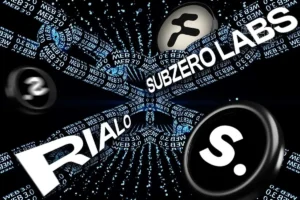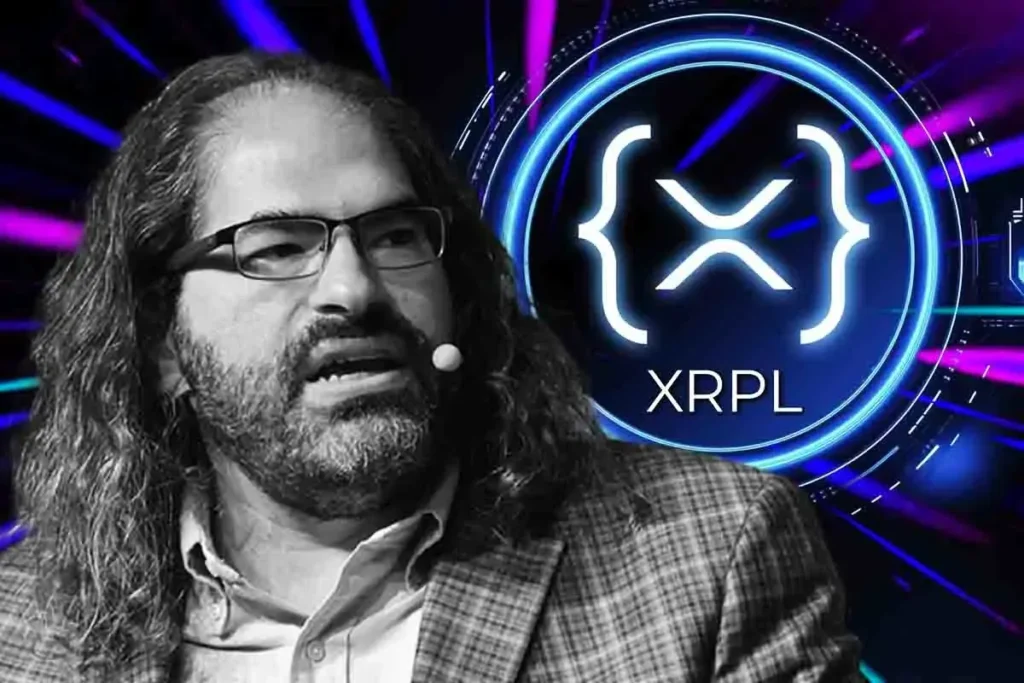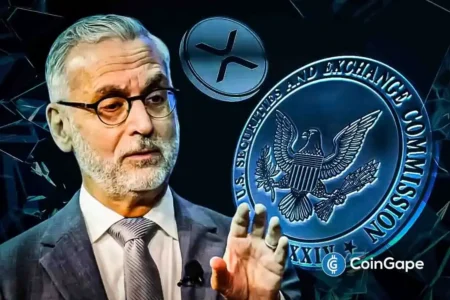Ripple CTO Clarifies Facts Amidst Criticism from Caitlin Long
In the dynamic world of cryptocurrency, ongoing debates often stem from differing perspectives regarding the operational efficiency and technical nuances of various blockchain projects. Recently, Ripple’s Chief Technology Officer (CTO) David Schwartz responded to criticisms voiced by Custodia Bank CEO Caitlin Long. Schwartz extended an invitation to Long for an open dialogue, emphasizing the need for clarity on important subjects surrounding Ripple, its RLUSD stablecoin, and the XRP Ledger.
Addressing Concerns Over Ripple’s Impact
Caitlin Long sparked discussions by asserting that Ripple has not met its initial expectations of revolutionizing financial systems, particularly questioning its inability to outpace traditional systems like SWIFT. During a podcast discussion, she suggested that blockchain platforms like Bitcoin and Ethereum have advantages when it comes to tokenization due to lower capital requirements compared to Ripple’s initial coin offering (ICO). Long’s statements prompted Schwartz to step into the conversation, indicating his willingness to answer any questions or concerns Long may have about Ripple’s trajectory and capabilities.
Debunking Misconceptions About XRP and Ripple
In an important response, @Vet_XO, a recognized validator on the XRP Ledger, countered some of Long’s assertions, particularly concerning the narrative around Ripple’s ICO. He clarified that Ripple never conducted an ICO and explained that the inception of XRP was marked by zero initial valuation of the cryptocurrency. Upon launching the XRP Ledger, the total supply of 100 billion XRP tokens was placed into a genesis account, debunking any claims that Ripple raised significant capital through an ICO. This transparency is a pivotal aspect that sets Ripple apart from other blockchain projects.
The Case for Decentralization
A focal point of the debate revolves around the perceived centralization of the XRP Ledger. Vet emphasized that the network is decentralized, making it accessible for anyone to join, operate as a validator, or even fork the codebase. Currently, the XRP Ledger boasts over a thousand nodes and more than a hundred independent validators, which contradicts claims of centralization. The network is not solely under Ripple’s control; rather, it is a collaborative infrastructure that invites participation from various individuals and organizations, enhancing its decentralized nature.
Ripple’s Current Innovations and Developments
The narrative put forth by Vet also addressed Long’s comments regarding Ripple’s choice of Ethereum for launching its RLUSD stablecoin. He confirmed that while Ripple is indeed utilizing the Ethereum blockchain for certain applications, the RLUSD is also natively issued on the XRP Ledger. This indicates that Ripple has not abandoned its foundational infrastructure in favor of other networks, contrary to popular belief. Furthermore, the development of the XRP Ledger has been consistent, featuring ongoing upgrades and new functionalities that mirror the growing demands of the crypto space.
A Unique Launch Process and Community Engagement
In contrast to Ethereum, which engaged in a public ICO funded by Bitcoin sales to distribute its tokens, Ripple’s launch approach is unique. This distinction highlights its transparency and reflects a tailored methodology aimed at fostering community trust. As noted by Vet, Ripple’s model supports strong liquidity through its native decentralized exchange, attracting continuous developer engagement and innovation—a cornerstone for its expansion within the evolving crypto landscape.
Conclusion: Seeking Clarity Through Dialogue
David Schwartz’s readiness to engage Caitlin Long in a conversation serves as a vital initiative to clarify misconceptions about Ripple and its technology. By fostering discourse, both parties may contribute to a better understanding of Ripple’s capabilities and its role in shaping the future of digital finance. As the cryptocurrency sector continues to mature, open discussions like these are crucial in bridging gaps, reinforcing trust, and directing focus towards collaborative advancements.
















